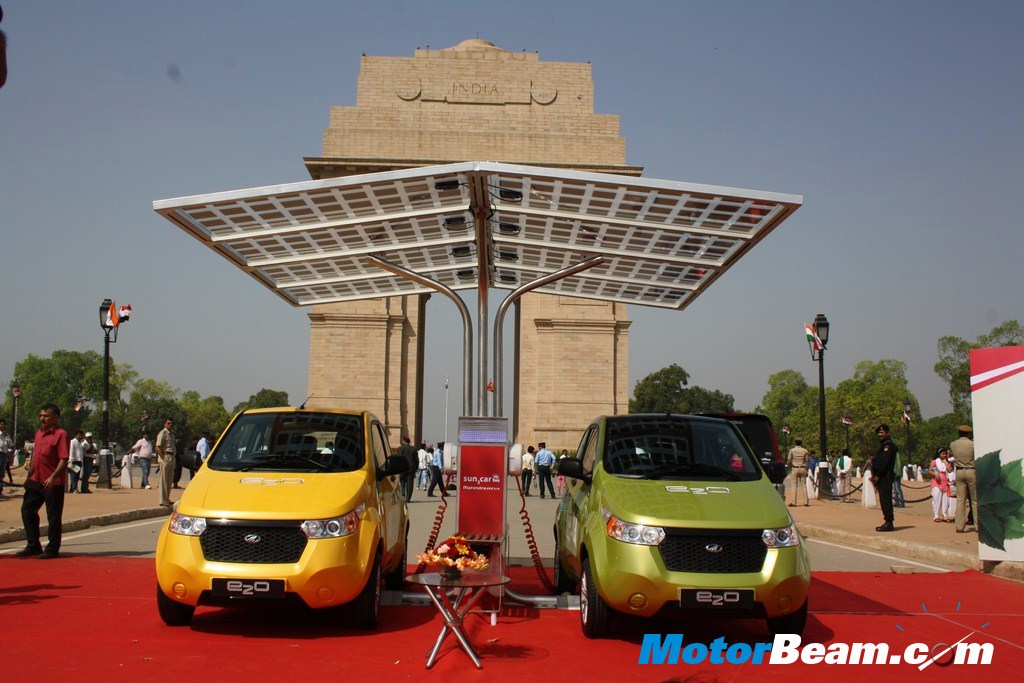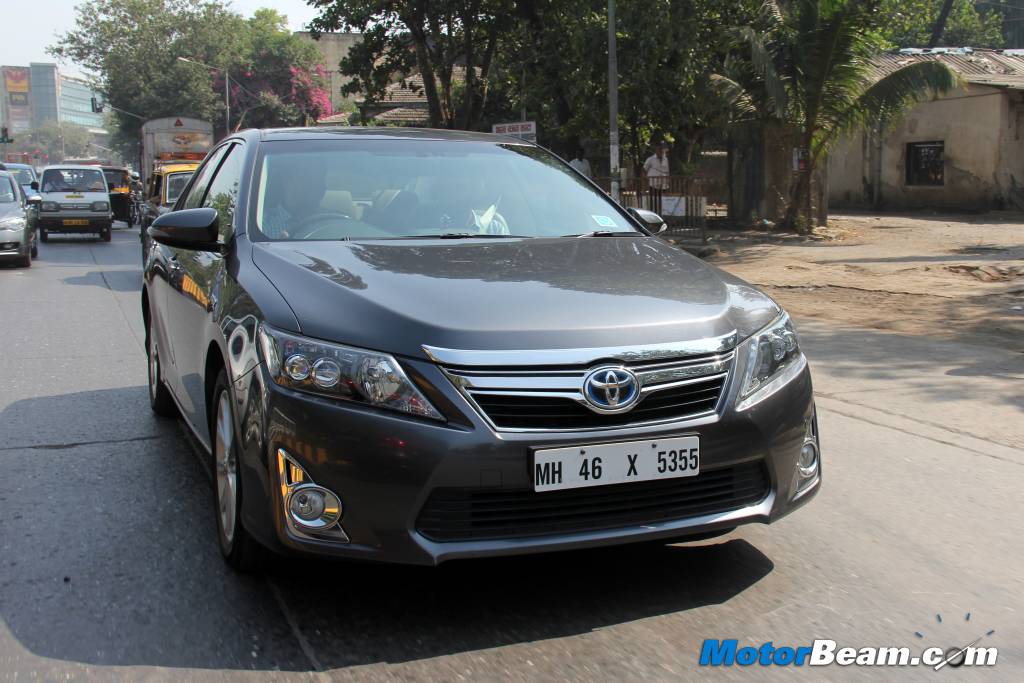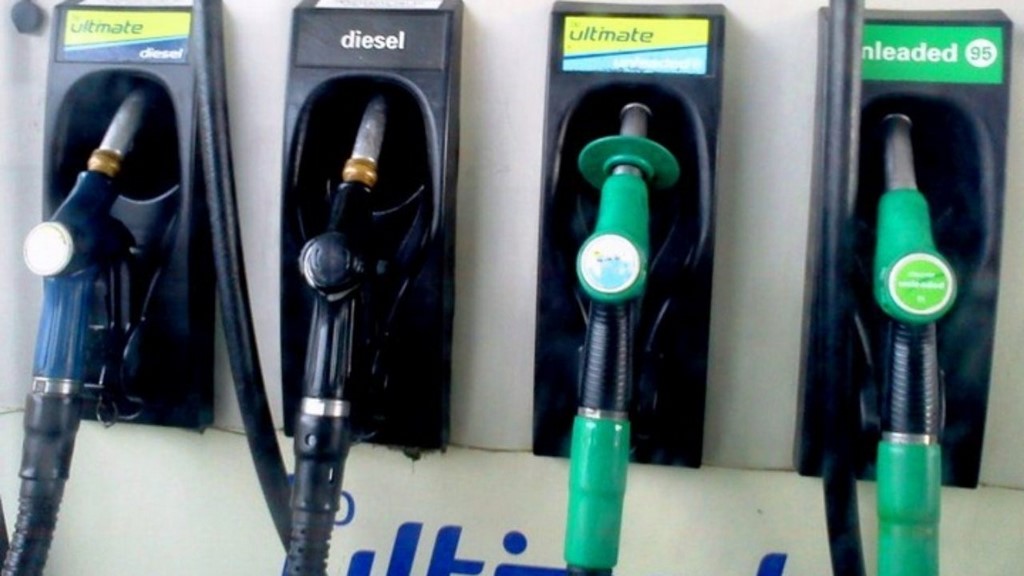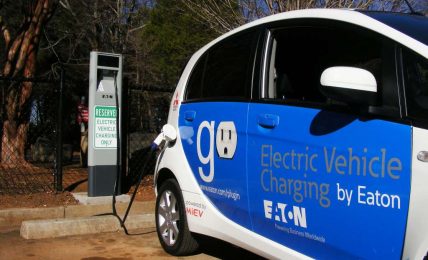The Rs. 1000 crores will be utilised to set up charging stations, develop infratructure, provide incentives and run pilot projects over a period of two years.

Electric vehicles are turning out be a viable alternative to conventionally powered cars globally, while curbing down pollution levels and providing lower running costs and have been overlooked by the government over the years. Nonetheless, taking notice of the huge potential, the government has finally charted a future strategy under the National Electric Mobility Mission Plan (NEMMP) and has earmarked Rs. 1000 crores that will be utilised over the next two financial years (2015-16, 2016-17).
Set to commence from 1st April this year, the Rs. 1000 crores will be utilised for setting up charging infrastructure, technology development, pilot projects and providing incentives over the next two years. Depending on the results of these plans, the ministry will ask for further support to continue the initiative. The NEMMP 2020 was launched in 2013 with an aim to have around 6-7 million electric and hybrid vehicles plying in the country that will result in fuel savings of 2.2-2.5 million tonnes by the end of the decade.
The Indian government also believes that the shift towards electric and hybrid vehicles will decrease carbon dioxide emissions by 1.3-1.5 percent by 2020 as compared to the current state. However, an investment of around Rs. 13,000 crores is needed over the next 5-6 years to facilitate charging infrastructure as well as R&D. Under the NEMMP, Mahindra recently launched the first electric mobility pilot project in the country as it handed over four Maxximo electric vans to be used to ferry tourists in the Taj Zero Emission Corridor.





